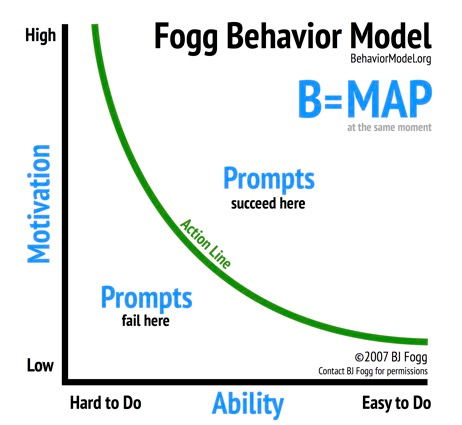
Link building is hard. Anyone who says otherwise has either not done much of it, or they’re trying to sell you a course.
To make it even harder, there are a million supposed link building hacks and tactics on the web – and most of them are pretty bad. A quick Google search will net you a treasure trove of stale email templates and tactics like link reclamation that either trick you into believing them because they rank well in search, or make you wonder why articles like that don’t have an expiration date.
When it comes down to brass tacks, there are really only two broad strategies for increasing your link building effectiveness, both of which come from a framework using BJ Fogg’s behavior model:
- Increase motivation (make them want to link to you more) or
- Decrease friction (make it easier for them to link to you)
Link building is a critical part of SEO, whether your website is small or large.
Here’s how you can use BJ Fogg’s framework to really improve your link building strategies[1] – despite what your Google searches are telling you.
What is BJ Fogg’s behavior model?
BJ Fogg’s behavior model[2] illustrates that three elements must converge at the exact same moment for a behavior to occur: “Motivation”, “Ability”, and a “Prompt”. When the desired behavior is not performed, one or more of these elements is missing.

Source: Behaviormodel.org
Each of these elements is comprised of subcomponents. For example, “Core Motivators” will shape the “Motivation” element, “Simplicity Factors” define the “Ability” element, and each of these will work together in the context of the “Prompt”.
“Motivation”

